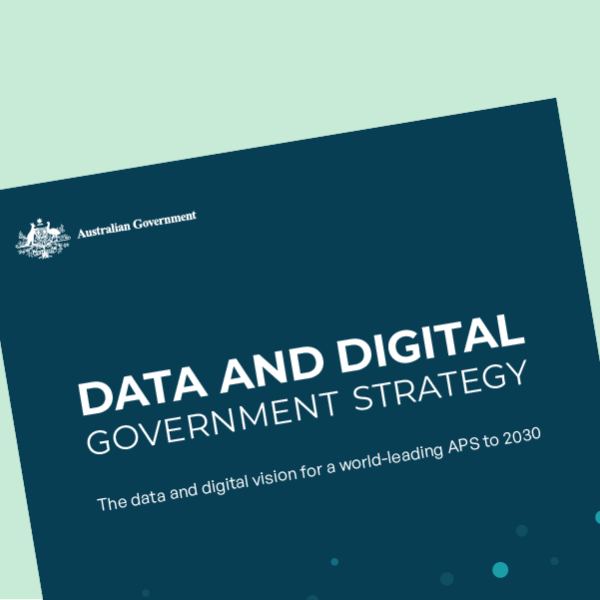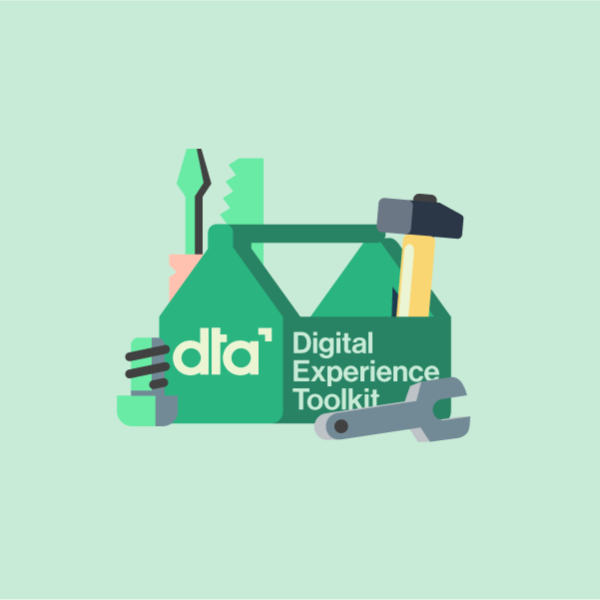Our digital and ICT section bring together the strategies, frameworks and tools that guide digital transformation across the Australian Government. Your gateway to procurement pathways, and standards that support smarter, more coordinated digital delivery.




